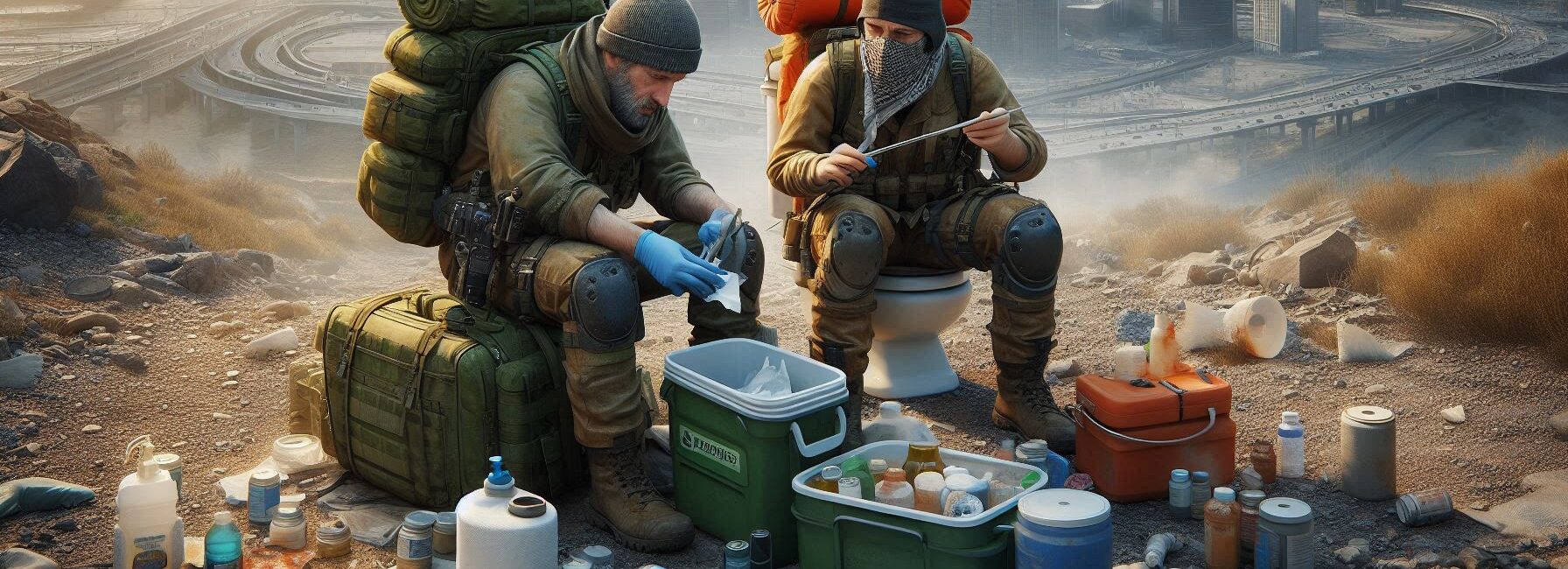Please Note: This post may contain affiliate links. If you click one of them, we may receive a commission at no extra cost to you. As an Amazon Associate, I earn from qualifying purchases.
Last Updated on October 19, 2025 by Kevin Collier

Top Takeaways and Key Concepts
- Use a Magnetic Compass: Navigate without electronics by determining bearings and triangulating positions.
- Identify Natural Landmarks: Use prominent features like hills or rivers to guide direction.
- Utilize the Sun for Orientation: In the Northern Hemisphere, the sun rises in the east and sets in the west.
- Establish Waypoints: Set visible targets to maintain a straight path and avoid disorientation.
- Avoid Urban Areas: Seek rural or forested zones for safety and resource access.
So, guess what? You’ve landed in a post-apocalyptic world. Yay? It's the stuff of movies—like, super cool to watch but way less fun when it's your life now. Talk about a plot twist!
Zombie hordes, aliens in the sky, or just some crazy weather messing everything up. Yeah, it’s a wild ride. I can’t even imagine how you’re feeling. Maybe a little scared? That’s totally okay.
Navigating this brave new world? It can feel like a big puzzle with missing pieces. But don’t worry! I’m here with you. I’ve binge-watched way too many survival shows, so let’s dive into some tips.
Finding food is key. You may need to channel your inner hunter-gatherer. Look for fruits and veggies. They’re not just in stores, right? You can even set up a tiny garden if you can.
Water is super important too. Seriously, don’t forget to find clean water. Rainwater can be a lifesaver. Just make sure to filter it somehow. You know, survive and thrive!
Making shelter? That’s a biggie. Find a safe spot—somewhere cozy where you can catch a break. Maybe it’s an old building or a tent you can whip up.
And hey, keep your spirits up! It’s okay to laugh a little. Make up silly stories with friends or create fun games. That’s what will keep you going.
Let’s figure this out together, okay? You’re stronger than you think. Embrace those wild moments, and remember we’ve got this! 🌟
Contents of This Page
*** Shop for Survival Gear - Tools - Kits ***
Survival Gear - Bags and Backpacks - Knives - Boots/Footwear - Communication
Outdoor Cooking - Gloves - Hydration - Dry Boxes - Water Filtration Systems
Tents - Sleeping Bags - First Aid Kits - Multi-Tools - Flashlights - Fire Starters
Navigation - Survival Food - Night Vision - Headlamps - Stun Guns - Binoculars
Understanding Your Environment: The New Normal
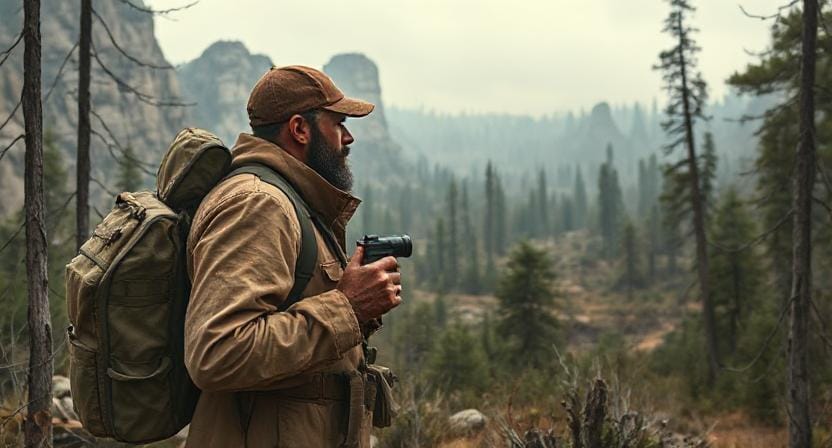
Take a moment to soak in your surroundings. What was once a bustling city may now resemble something out of a horror movie set.
Buildings might be crumbling, streets could be overgrown with weeds (or worse), and there might even be strange noises coming from behind that dumpster—let's hope it's just an old raccoon and not something more sinister.
By the way, knowing what type of terrain you're dealing with is crucial. Are you in an urban area where you can scavenge supplies? Or are you stuck in a rural setting where every tree looks like it could hide a bear?
Take stock of landmarks around you; they’ll help keep your bearings straight. Remember, if you find yourself lost, look for something familiar—or at least something that doesn’t look like it’s trying to eat you.
Interestingly enough, keeping track of time becomes important too. In the absence of clocks or smartphones (thanks apocalypse!), pay attention to natural cues like the position of the sun or the chirping patterns of birds. If they start singing at midnight… well, congratulations! You’ve probably entered another dimension!
Tools for Navigation: Maps and More
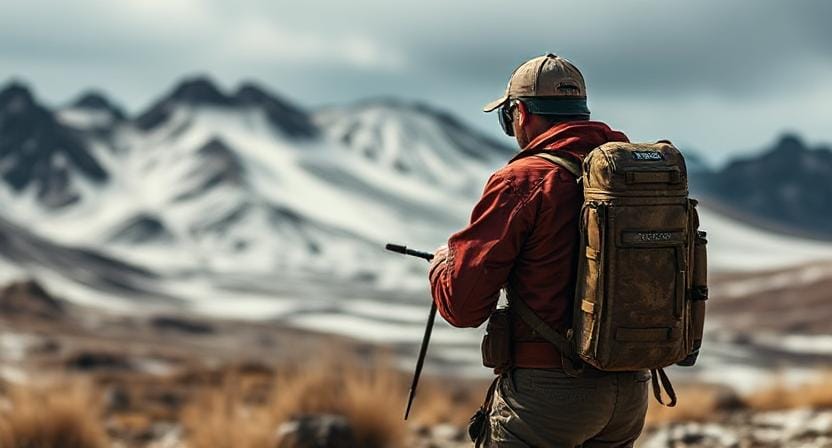
Let’s talk about tools because no one wants to wander aimlessly like a character from an existential crisis film. If you've got any maps lying around—great! Dust off those topographical skills learned back in school (because let’s face it, those classes seemed pointless until now).
But what if maps are as rare as finding an intact vending machine? No problem! Use your instincts along with whatever makeshift tools you've got on hand. A compass would be fantastic if you're lucky enough to have one tucked away somewhere—but don’t panic if not; sometimes even good ol’ trial and error works wonders.
And speaking of which, consider using landmarks as navigation points instead of relying solely on technology or traditional maps. Look for unique features—a giant tree shaped like a dinosaur or that oddly placed statue of a cat wearing sunglasses—and use them to chart your course.
Finding Food and Water: Survival Essentials
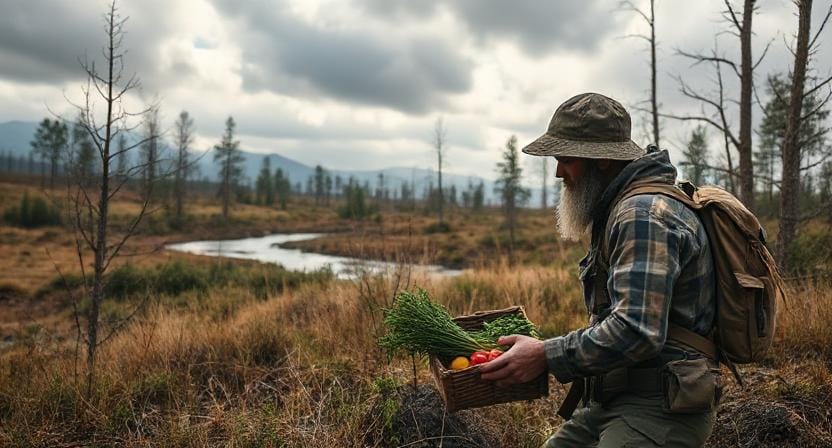
Now let's get real: food and water are necessary for life unless you want to become a ghost that haunts empty buildings (which sounds like a lot of work).
When looking for food, think like a scavenger. Other survivors may have already picked grocery shops clean, but don't forget about gardens or farms; you never know what might still be growing in the middle of all the chaos!
When looking for water, keep in mind that it might work if it appears clear, smells well, and doesn't have any floating debris. Always clean the water before you drink it, though. Boiling water is still one of the best ways to do this, unless you want stomach cramps to be your new best friend.
If you're feeling brave—and let's be honest, this whole thing calls for some adventure—try trapping small animals or fishing if there's water nearby. Just be careful not to grab Fluffy, the neighbor's cat, by mistake, or you'll have to explain yourself later!
Safety First: Avoiding Trouble
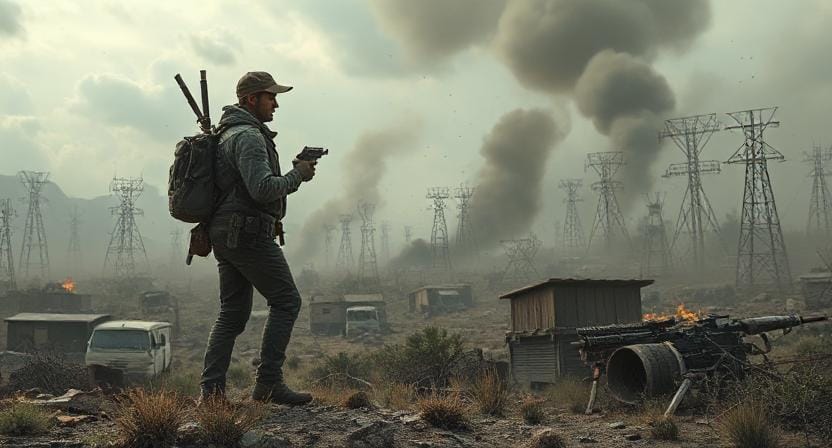
In any post-apocalyptic situation, safety should always come first. This is true even before you decide whether or not to rob that old convenience store across town for munchies (really, prioritize!). Be vigilant of what's going on around you at all times, for danger can be hiding behind those suspiciously silent bushes.
I also think it's a good idea to travel during the day whenever you can, as getting about at night can seem like a scene from “Survivor: Lost Edition.” What if you suddenly find yourself in the dark when you're out exploring? Get to safety quickly; that could entail avoiding meeting both human and non-human species.
When it comes to safety suggestions, trust your gut! If that group of people at the old gas station looks strange, they could just be talking about how much they miss Wi-Fi. But it's best to be safe than sorry!
Building Community: There is Strength In Numbers
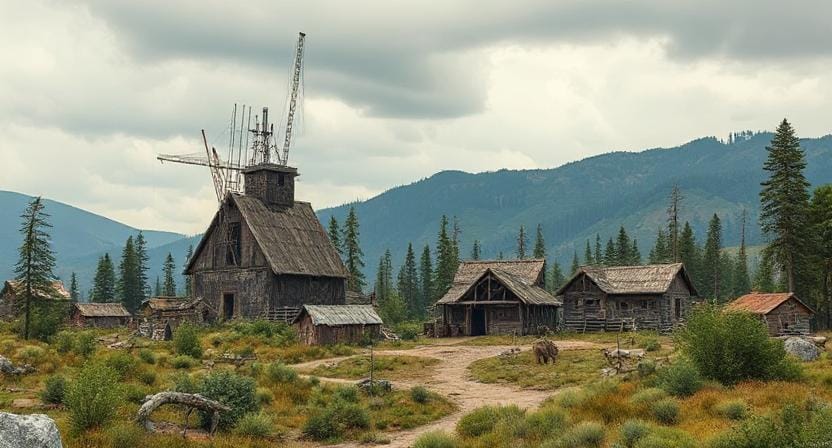
Honestly, one important thing that people frequently forget to do in these situations is to connect with other survivors—real people, not just fictional buddies named Bob or Sally who live in your imagination because you're bored and alone.
Finding others makes it more likely that you will work together when supplies go low enough that sharing is necessary. Not only does working together make things easier, but having someone else guard your back is also quite helpful!
Try looking for places where other survivors hang together. Based on what I've seen on TV, local parks seem to be popular places. Congratulations! You've officially developed an impromptu community that can handle whatever obstacles come your way once you've made connections with groups that are eager to exchange information, skills, and resources.
Conclusion: Embrace Your Inner Survivor
Getting around in a world after the end of the world? Wow. That's a big problem. It's hard and dirty out there. You need to be quick on your feet and use your brain and some inventiveness. Imagine this: you're walking around, trying to figure out how the world went from eating avocado toast for brunch to… whatever this is. Isn't that crazy?
Each day seems different. You might be sipping on a can of beans and glancing up at the sky, praying for favorable weather. It's hard to accept that things are uncertain. It's like trying to ride a bike and juggle at the same time. But those changes? They will happen. You will learn how to adjust, I promise.
It can be hard to get used to all of this crazy change. But that's how life is now. With practice, you'll get the hang of it.
Keep in mind that laughing is your hidden weapon. It does amazing things! Make fun of the tiny things and joke around with your friends. Share funny times. Finding comedy can help lift heavy hearts, even when the world seems upside down.
Just think about it. You can use what's left of civilization to make up funny stories. Or you could set up treasure hunts in the ruins. It's all about how you look at things. Every day can be an adventure, even in a world that isn't perfect, if you use your imagination.
You can do this. Accept everything, including the bad, the bizarre, and the messy. We're all in this together, after all! 🌈
Suggested Resources:
Survival Guide – https://www.survivalguide.com
Wilderness Navigation Tips – https://www.wildernessnavigationtips.com
Post-Apocalypse Preparedness – https://www.apocalypsepreparedness.com

Kevin Collier is a seasoned survivalist and expert in prepping and homesteading, contributing to WiseSurvive.com. With a deep-rooted passion for self-sufficiency and outdoor survival skills, Kevin shares practical advice, strategies, and resources to help individuals prepare for any challenge. His informative articles cover a range of topics, from essential survival techniques to sustainable living practices, empowering readers to thrive in any situation. Whether you're a novice or a seasoned prepper, Kevin's insights will inspire you to take charge of your readiness and build resilience for the future.


